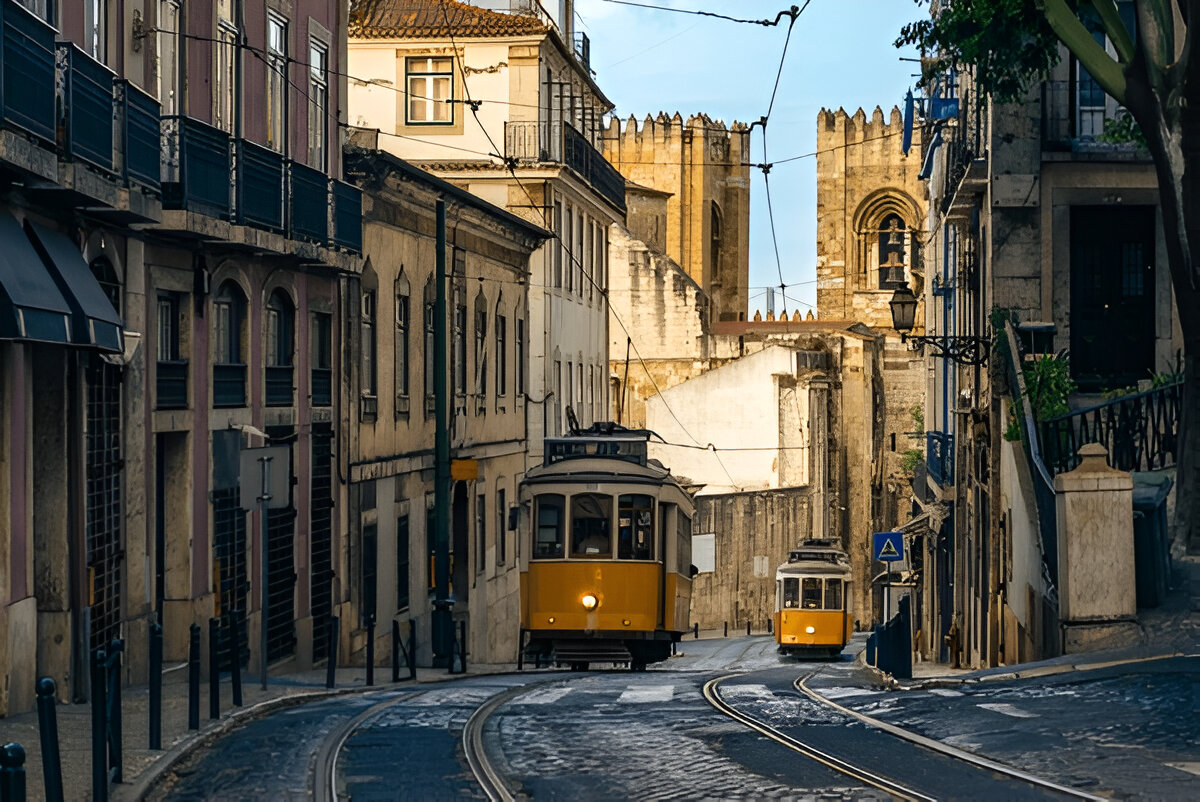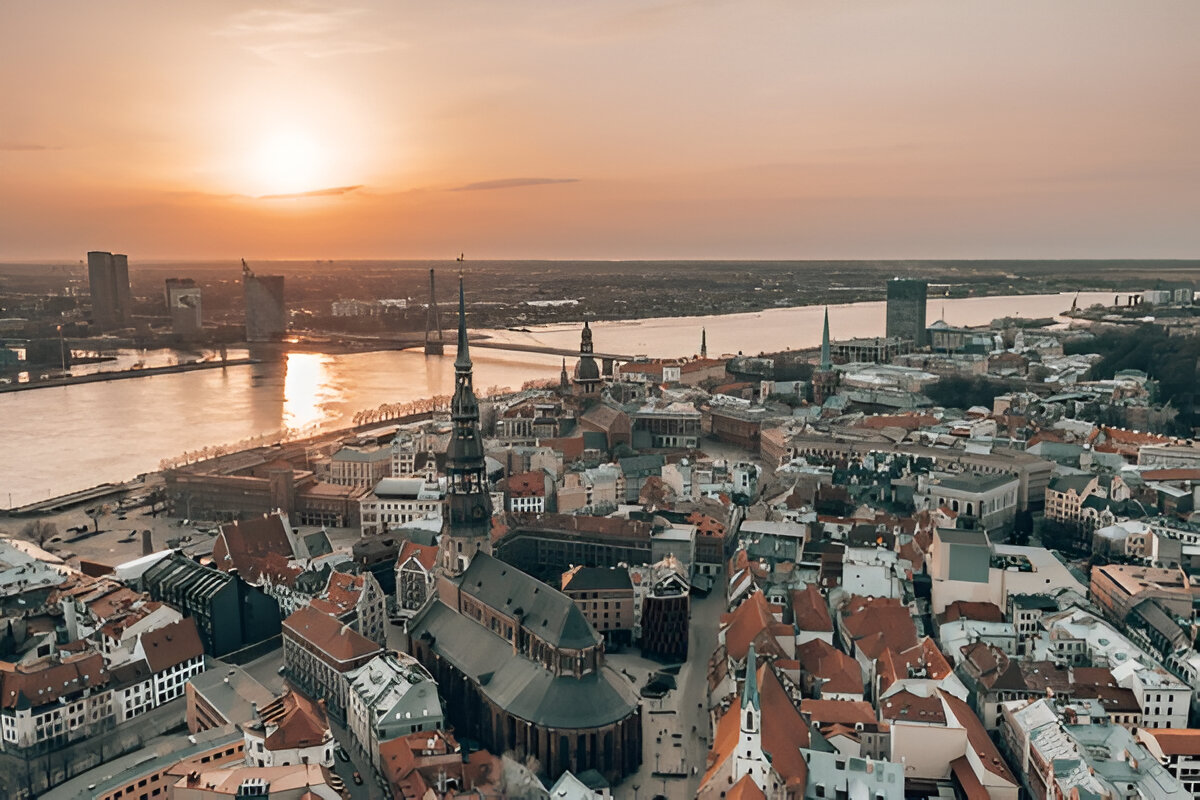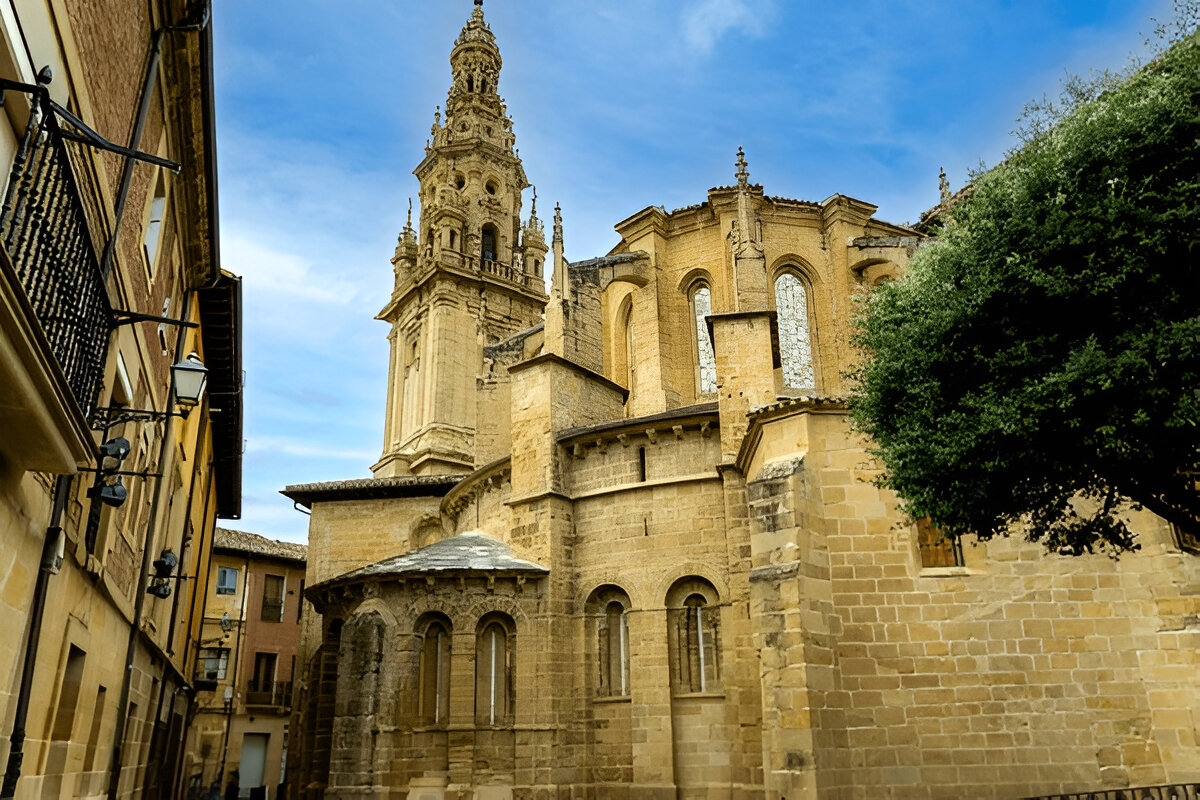
For centuries, traders, explorers, and pilgrims have traveled across vast lands, creating routes that shaped civilizations. While modern highways and airplanes have made travel faster, some ancient routes still exist, allowing adventurous travelers to follow in the footsteps of history.
If you’ve ever wanted to walk the same paths as medieval merchants, Roman soldiers, or Silk Road traders, here are some legendary routes you can still explore today.
1. The Silk Road – A Journey Through Ancient Trade Cities
The Silk Road was the most important trade route in history, stretching from China to Europe. Along this route, merchants transported silk, spices, and treasures, connecting the East and West.
Must-Visit Stops:
- Xi’an, China – The starting point of the Silk Road, home to the Terracotta Army.
- Samarkand, Uzbekistan – A dazzling city with ancient mosques and colorful bazaars.
- Istanbul, Turkey – The final stop of the Silk Road, where Europe and Asia meet.
Today, you can still travel parts of the Silk Road, visiting ancient caravanserais (roadside inns) and historic markets that have remained unchanged for centuries.
2. The Inca Trail, Peru – A Path to the Lost City of the Incas
The Inca Trail is one of the most famous ancient routes in the world. It was built by the Incas centuries ago to connect their empire, and today, it leads travelers through stunning Andean landscapes to Machu Picchu.
What to Expect:
- Stone-paved trails built by the Incas.
- Hidden ruins along the way.
- A breathtaking sunrise view at Machu Picchu’s Sun Gate.
Walking the Inca Trail feels like stepping back into the time of the Inca civilization.
3. The Roman Roads – Walking in the Footsteps of the Empire
The Romans built one of the most advanced road networks in history, connecting their vast empire. Many of these roads still exist today, and you can walk or cycle along them just as Roman soldiers and traders did centuries ago.
Famous Roman Roads to Explore:
- Via Appia (Italy) – One of the oldest Roman roads, stretching from Rome to southern Italy.
- Fosse Way (England) – A straight Roman road crossing the English countryside.
- Via Domitia (France) – A scenic road connecting France to Spain.
Exploring these ancient roads offers a glimpse into how the Roman Empire functioned.
4. The Camino de Santiago, Spain – A Pilgrim’s Path to Santiago
The Camino de Santiago is an ancient pilgrimage route leading to the tomb of Saint James in Santiago de Compostela. Since the Middle Ages, pilgrims have walked this path for spiritual and personal reasons.
Why It’s Special:
- Medieval churches and historic villages along the way.
- A mix of modern pilgrims and history lovers.
- A deeply cultural and spiritual experience.
Even if you’re not religious, walking the Camino lets you experience history in a unique and personal way.
5. The King’s Highway, Jordan – A Route from Biblical Times
The King’s Highway is one of the world’s oldest roads, dating back to the time of the Bible. It was once a trade route connecting Africa and Asia, passing through deserts, mountains, and ancient cities.
Top Sites Along the Route:
- Petra – The breathtaking ancient city carved into rock.
- Madaba – Home to the oldest surviving map of the Holy Land.
- Wadi Rum – A desert landscape with ancient rock carvings.
Traveling the King’s Highway feels like journeying through a history book.
6. The Trans-Siberian Railway, Russia – A Modern Route Through Ancient Lands
While not an ancient route, the Trans-Siberian Railway follows paths that have been used for centuries. It’s the longest railway in the world, crossing vast landscapes from Moscow to Vladivostok.
Why It’s a Time-Travel Journey:
- It follows old trade and migration routes.
- Stops include historic Russian cities and remote Siberian villages.
- It offers a slow, immersive way to experience Russia’s past and present.
7. The Spice Route – The Journey of Exotic Flavors
Before modern trade, spices like cinnamon, pepper, and cloves were more valuable than gold. The Spice Route connected Asia, Africa, and Europe, spreading flavors and cultures across the world.
Key Stops on the Spice Route:
- Zanzibar, Tanzania – Known as the “Spice Island” for its cloves and nutmeg.
- Kerala, India – A historic spice-trading region with lush plantations.
- Venice, Italy – A major center for spice trade during the Renaissance.
Following the Spice Route lets you explore ancient markets, taste exotic flavors, and see how trade shaped history.
8. The Ho Chi Minh Trail, Vietnam – A Path of War and History
During the Vietnam War, the Ho Chi Minh Trail was a network of secret jungle paths used for military supply routes. Today, it has become an adventurous route for history lovers and travelers.
What You’ll See:
- Dense jungles and hidden war tunnels.
- Small villages where traditions remain unchanged.
- Stunning mountain landscapes untouched by time.
This route is a must for those who love history, nature, and adventure.
Walking an ancient route isn’t just about reaching a destination—it’s about experiencing history firsthand. Each step connects you to the travelers, traders, and explorers who walked these paths centuries ago. Whether you’re fascinated by ancient trade, legendary pilgrimages, or historic military routes, these journeys offer a rare chance to relive the past in the present.
If you had the chance to travel back in time through one of these routes, which one would you choose? Let us know your thoughts!




